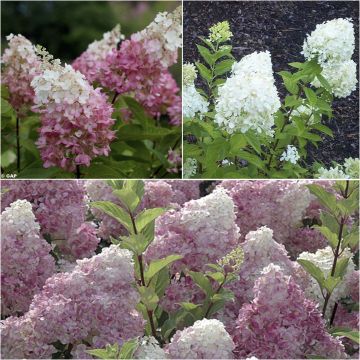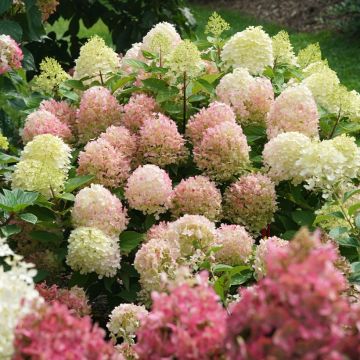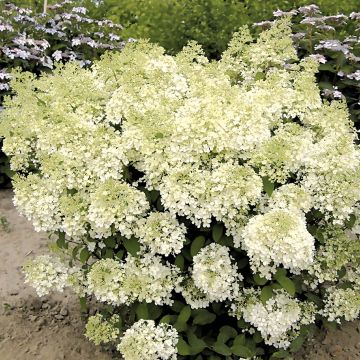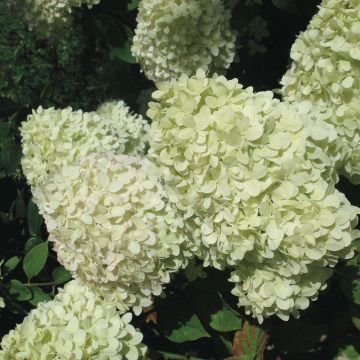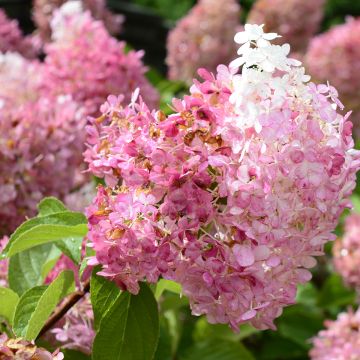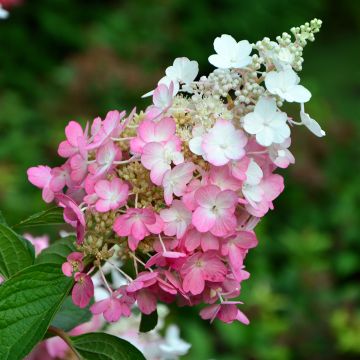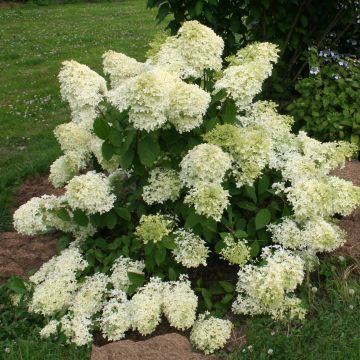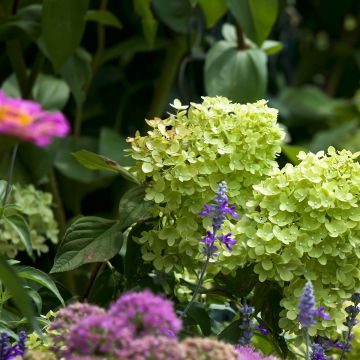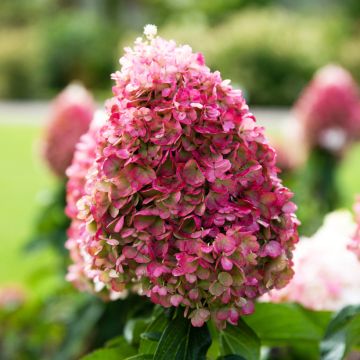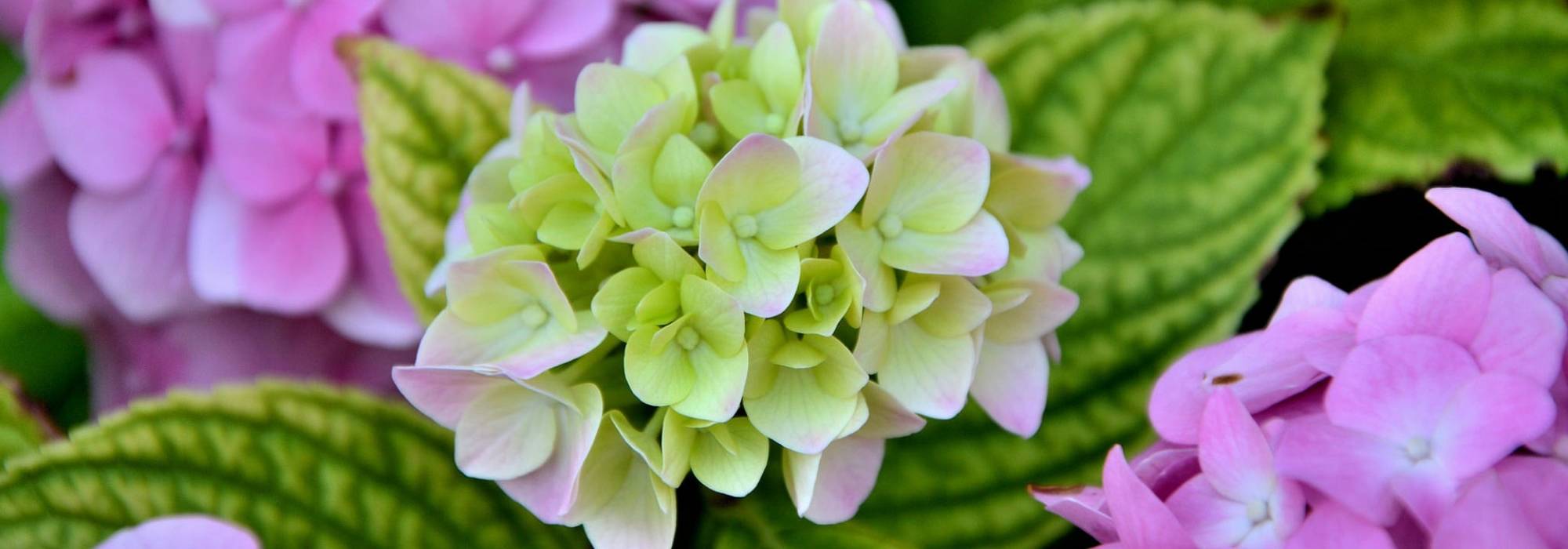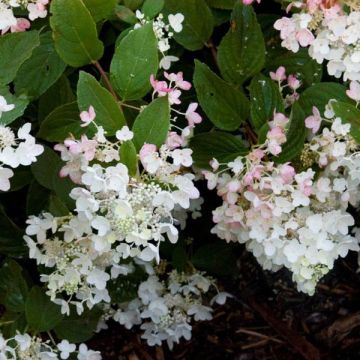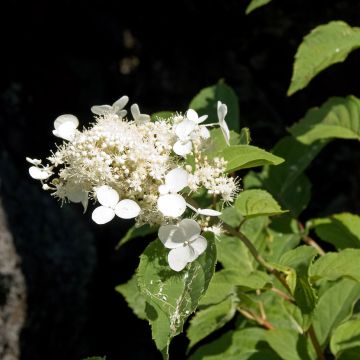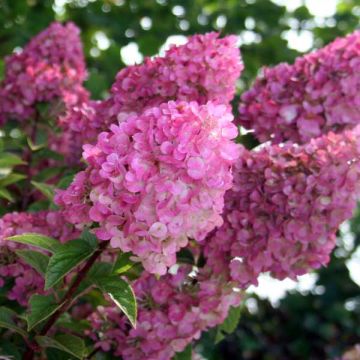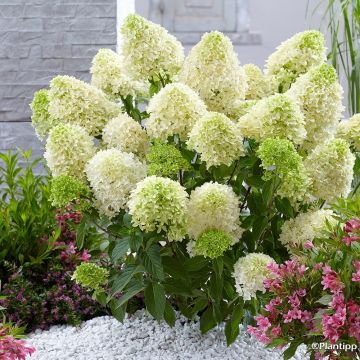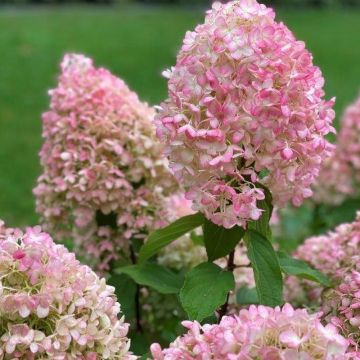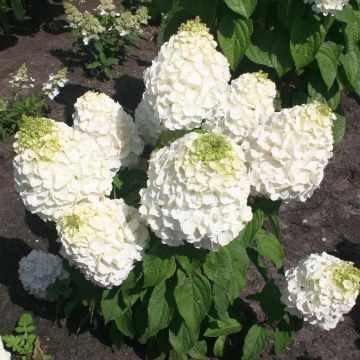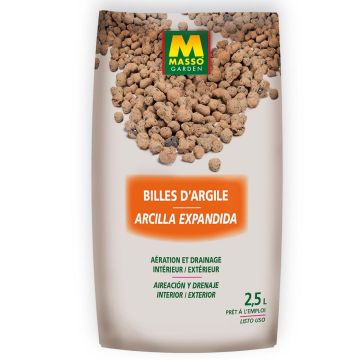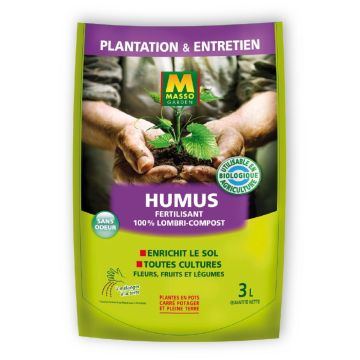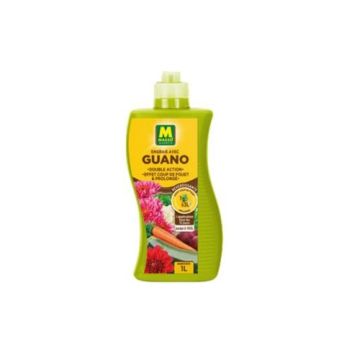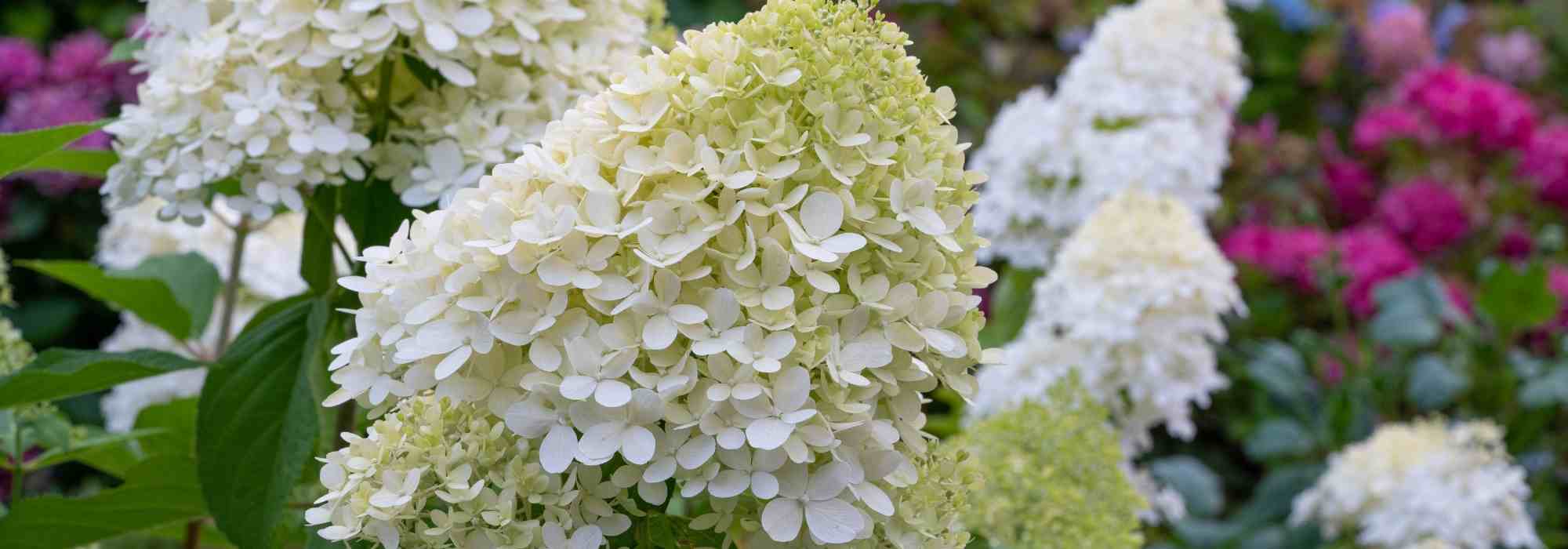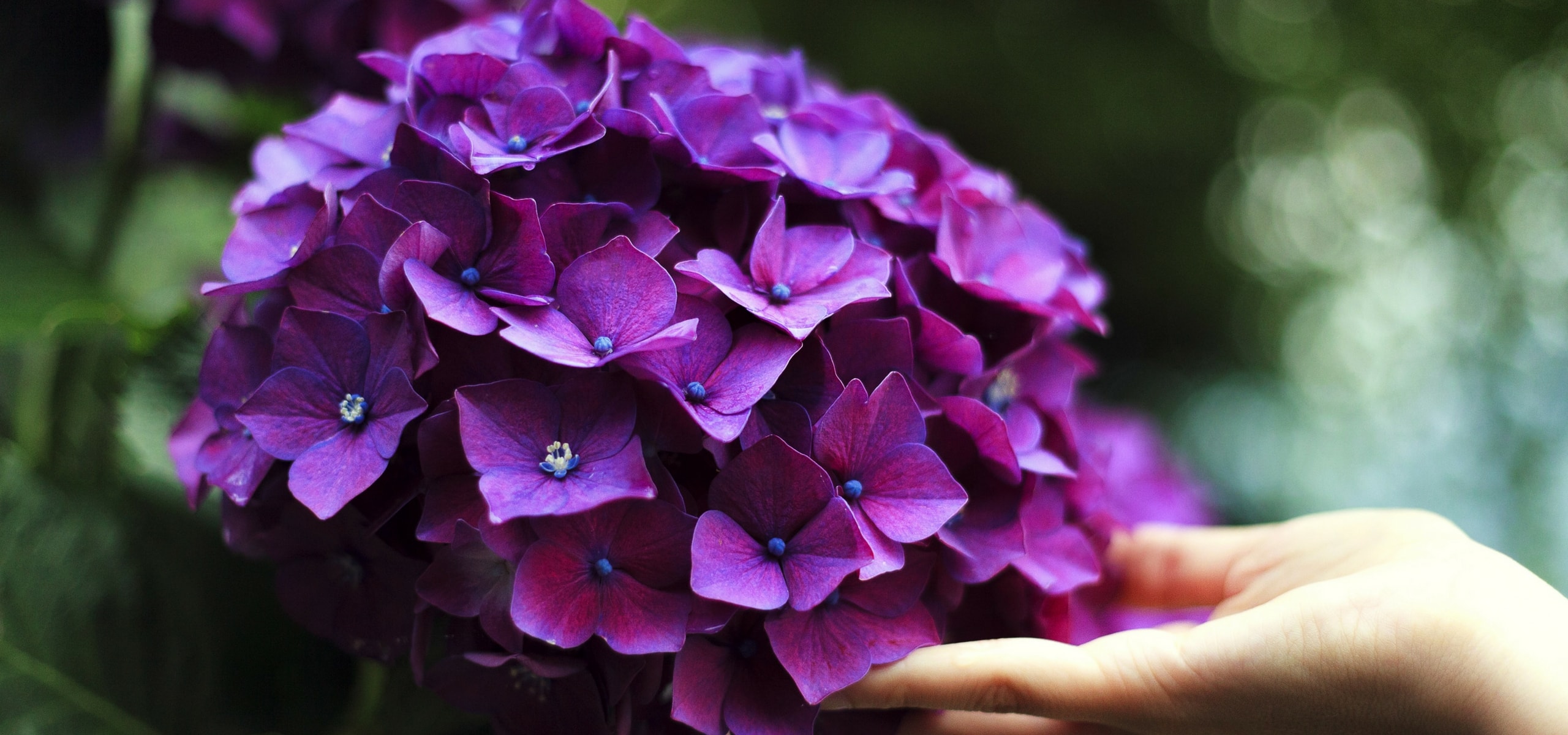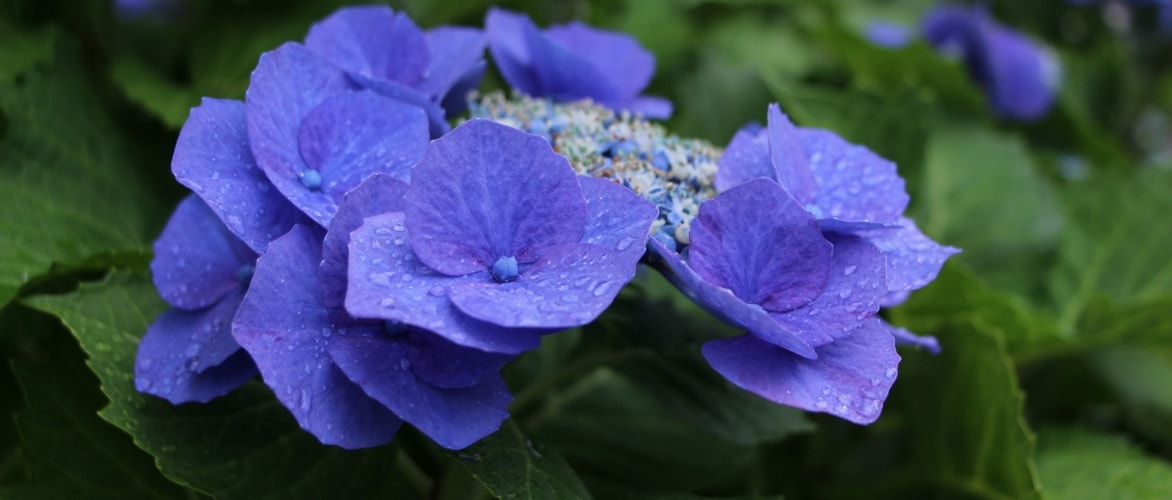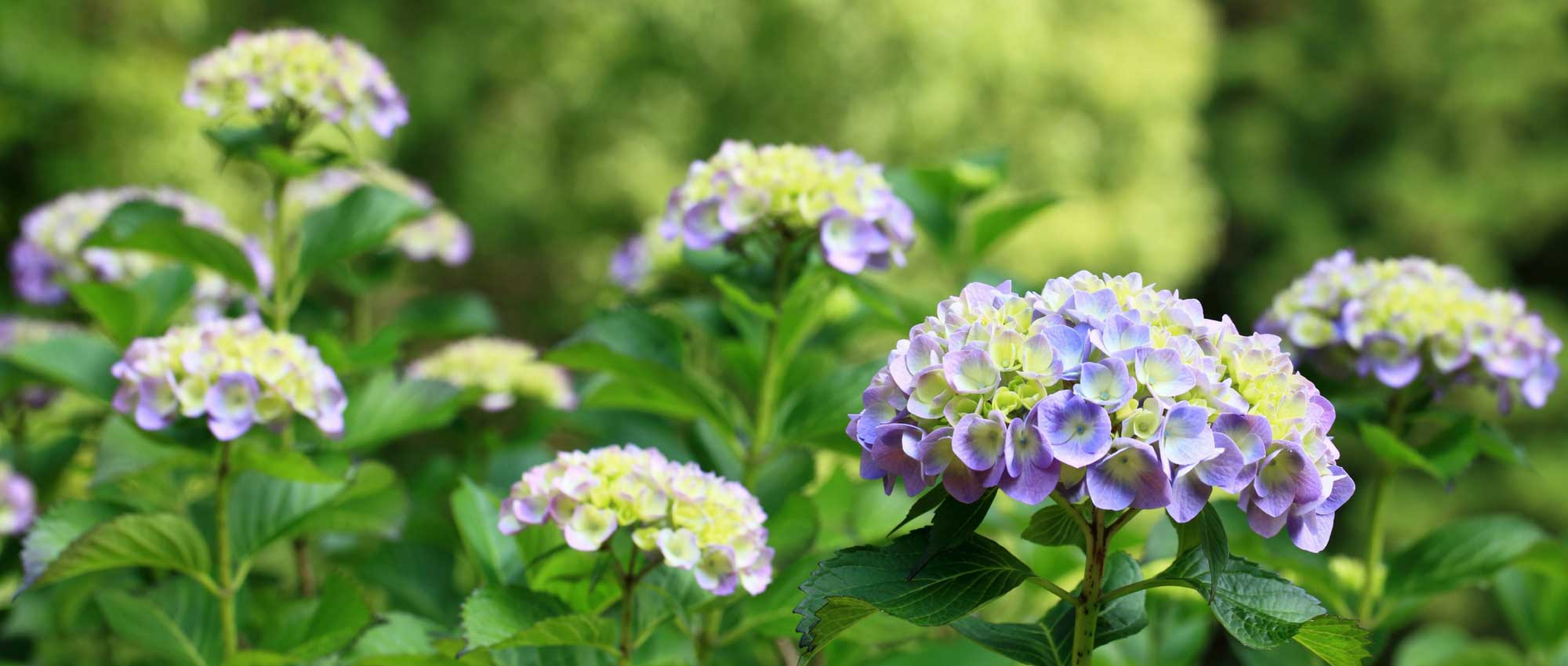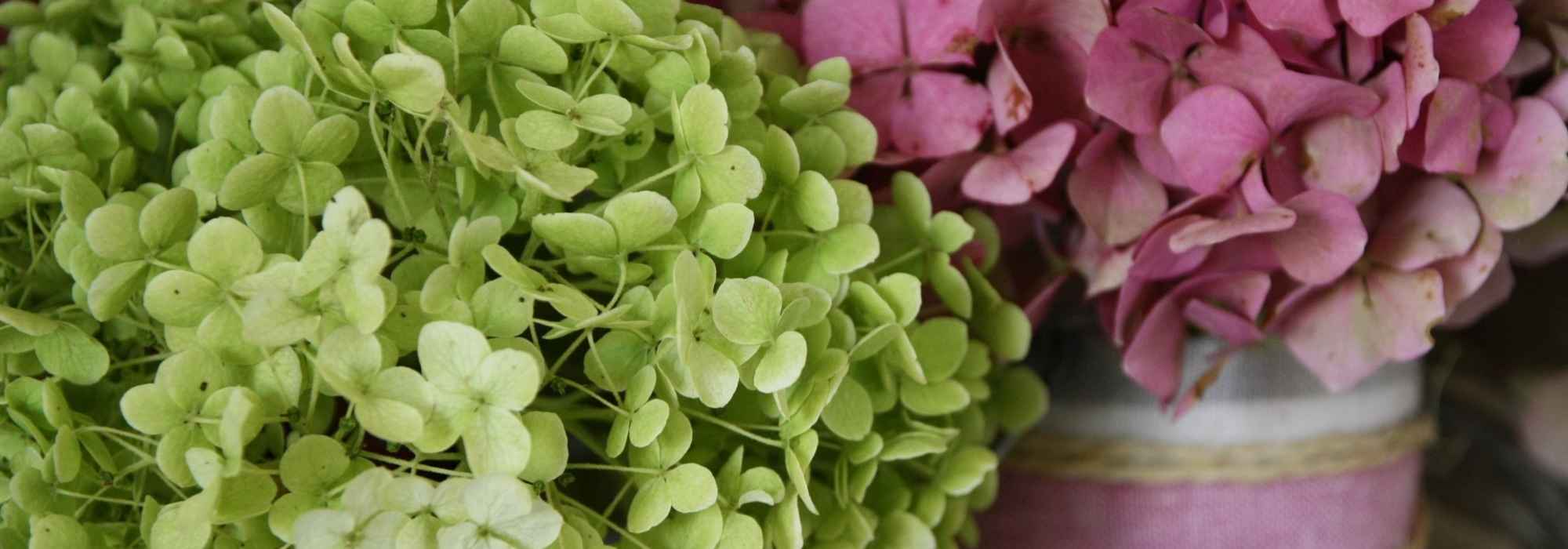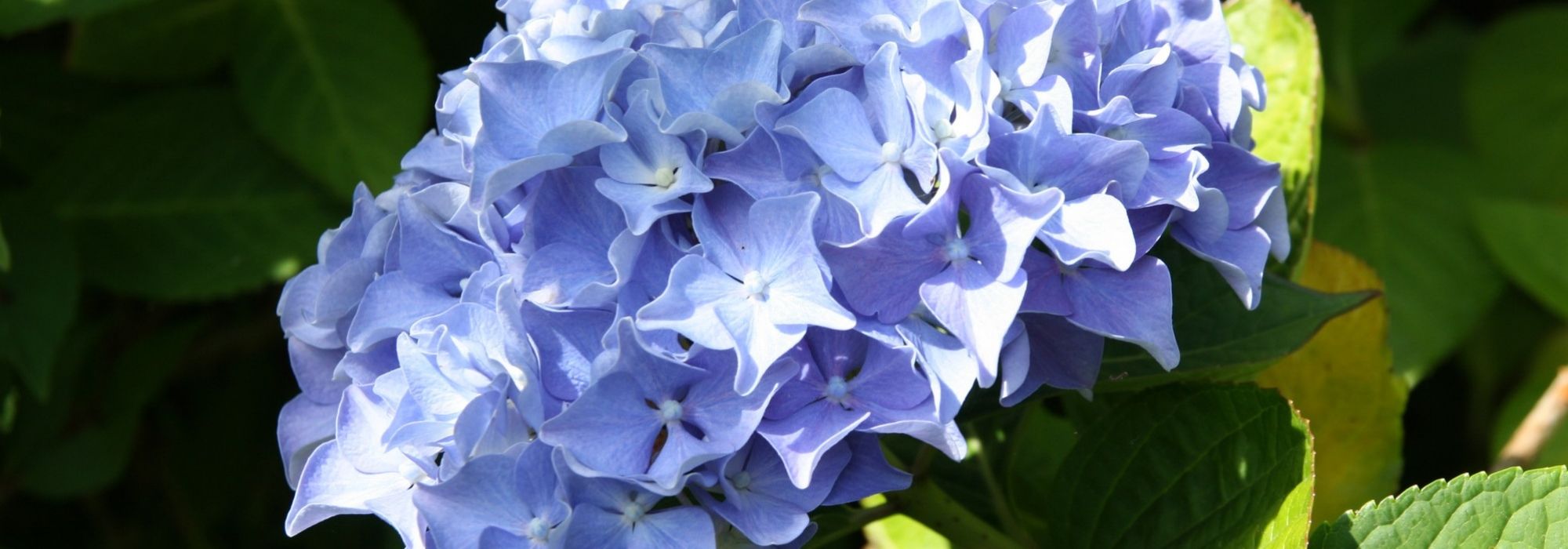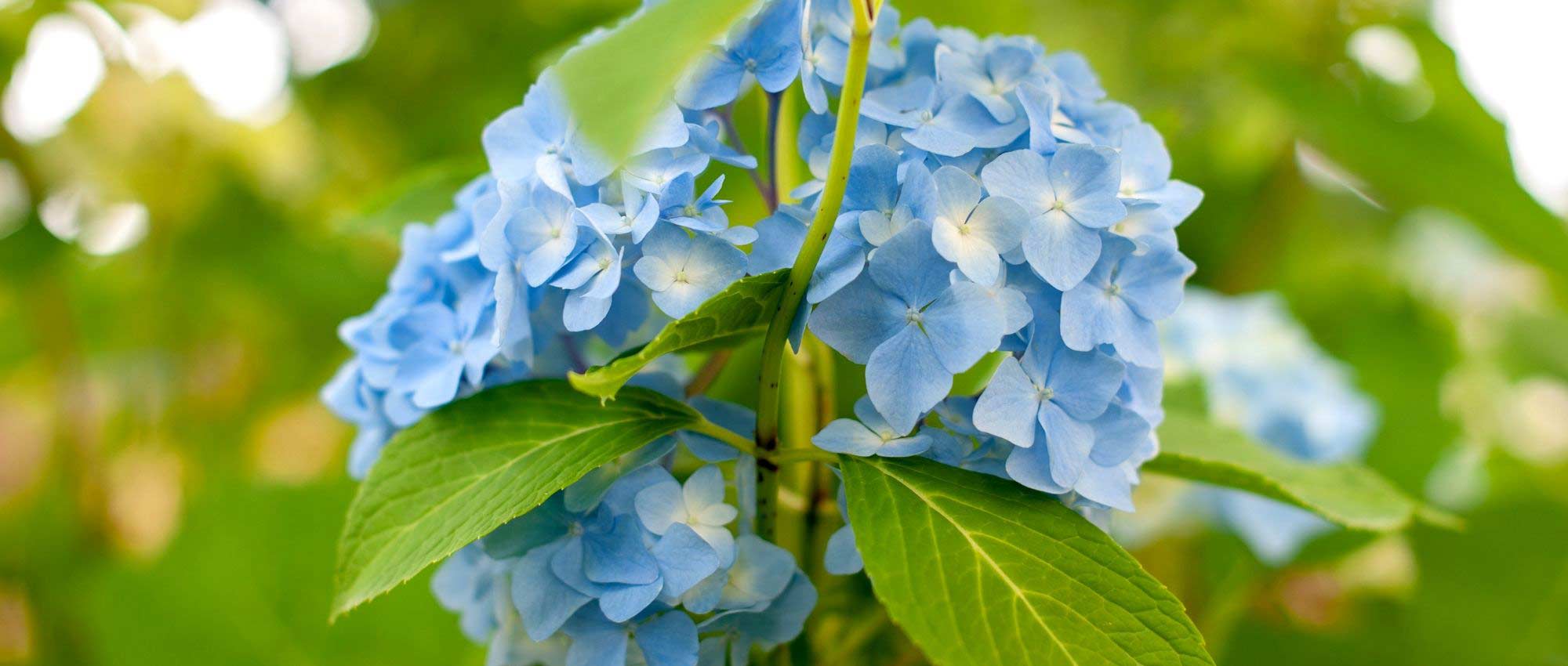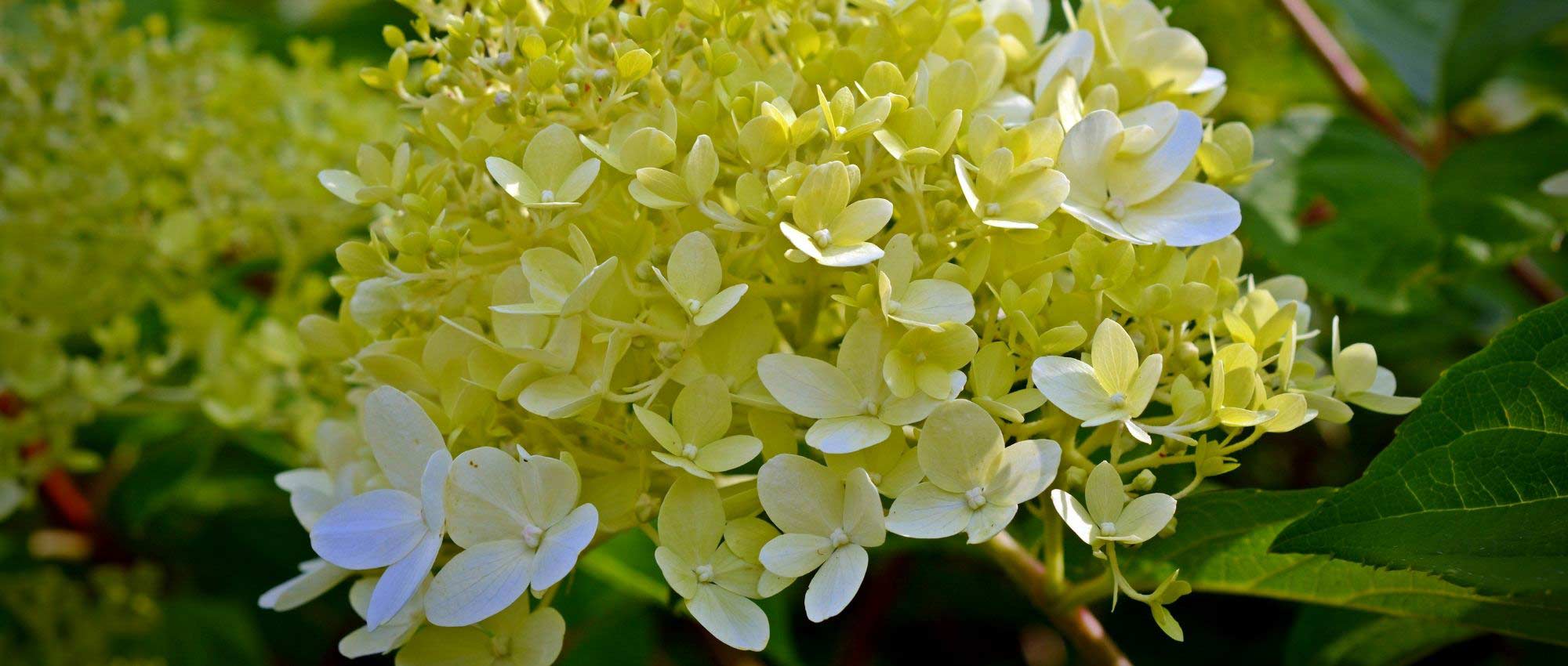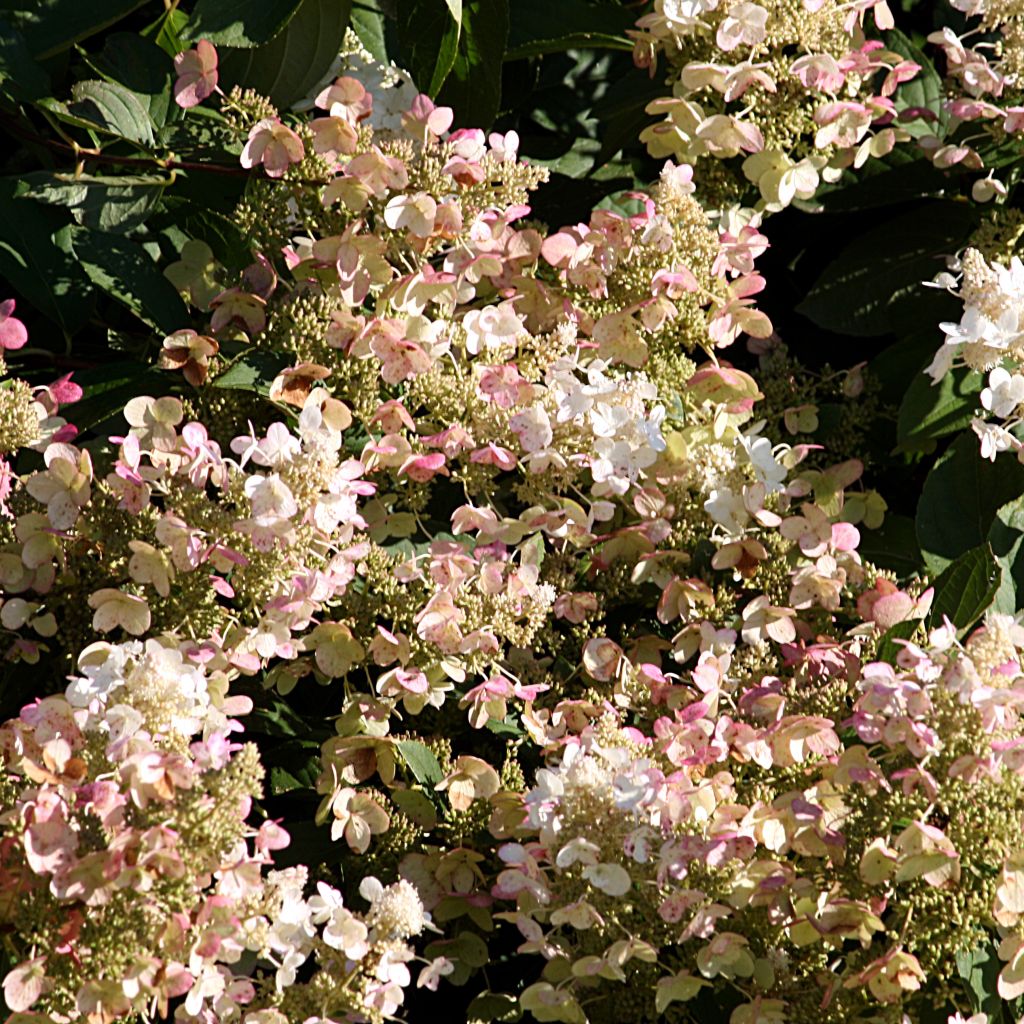

Hortensia paniculata Burgondy Lace
Hydrangea paniculata Burgondy Lace
Hydrangea paniculata Burgondy Lace
Paniculate Hydrangea, Panicled Hydrangea, Panicle Hydrangea
Special offer!
Receive a €20 voucher for any order over €90 (excluding delivery costs, credit notes, and plastic-free options)!
1- Add your favorite plants to your cart.
2- Once you have reached €90, confirm your order (you can even choose the delivery date!).
3- As soon as your order is shipped, you will receive an email containing your voucher code, valid for 3 months (90 days).
Your voucher is unique and can only be used once, for any order with a minimum value of €20, excluding delivery costs.
Can be combined with other current offers, non-divisible and non-refundable.
Why not try an alternative variety in stock?
View all →This plant carries a 24 months recovery warranty
More information
We guarantee the quality of our plants for a full growing cycle, and will replace at our expense any plant that fails to recover under normal climatic and planting conditions.
Would this plant suit my garden?
Set up your Plantfit profile →
Description
The Hortensia or Hydrangea paniculata 'Burgundy Lace' is an accommodating bush, tolerant of sun, slightly chalky and occasionally dry soils. It also has delightful flowering in elongated, medium-sized panicles with changing tones. Each small flower blooms in white-cream, gradually turning pale pink and then tinged with pink-violet and burgundy, while the foliage turns yellow in autumn. The combination gives this beautiful hydrangea a multicoloured and lively bouquet-like appearance, decorative from summer to frost. This fast-growing variety is easily contained by pruning and also flowers on new growth. It is therefore suitable for large flowering hedges as well as small gardens.
The Hydrangea paniculata, also known as Mountain Hydrangea, is a species belonging to the family of hydrangeas native to deciduous forests in China and Japan, particularly hardy. The 'Burgundy Lace' variety, introduced in 1975, is quite spectacular and highly appreciated for its colourful and abundant long-lasting flowering. The bush has a free, large rounded habit, quickly reaching a height of 2.50 m (8 ft 2 in) and a width of 2 m (6 ft 7 in), sometimes much more if conditions are suitable. From the end of June, it blooms on both new and one-year-old wood with elegant, loose, conical panicles measuring 15 to 20 cm (5.9 to 7.9 in) in length. They consist of a cloud of simple sterile florets carried by long pedicels, changing from white to purple in autumn when exposed to sunlight. This flower heads gracefully curves with the youngest branches. 'Burgundy Lace' has a spreading growth and branches covered with dark green ovate leaves, 15 cm (5.9 in) long and 7 cm (2.8 in) wide, carried by red petioles. They turn yellow in autumn before disappearing in winter.
The Hydrangea paniculata stands out from its cousin, the hydrangea (Hydrangea macrophylla), due to its good tolerance to sun, sea spray, and relative drought. Planted in any good garden soil and avoiding excessive limestone, the Hydrangea paniculata 'Burgundy Lace' shows rapid growth. It is a very hardy variety that can be planted alone, in a hedge or in a border, or in a light wood, mixed with other hydrangeas and perpetual roses to play with contrasts and shapes. You can also associate it with grasses like Miscanthus, Panicum virgatum Squaw, and Stipa.
Hydrangea paniculata Burgondy Lace in pictures
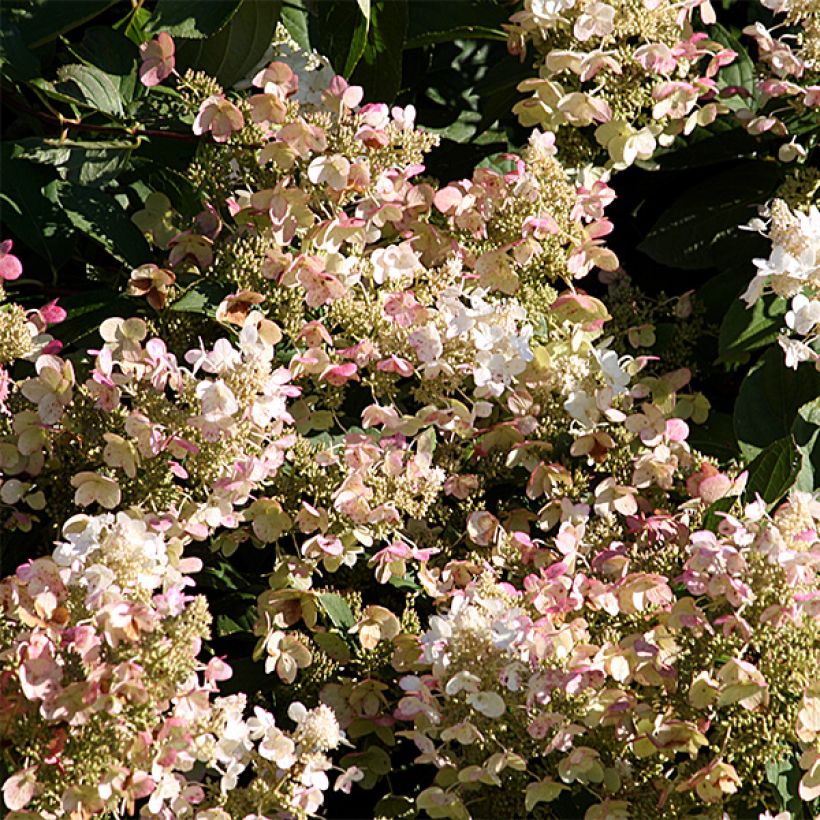

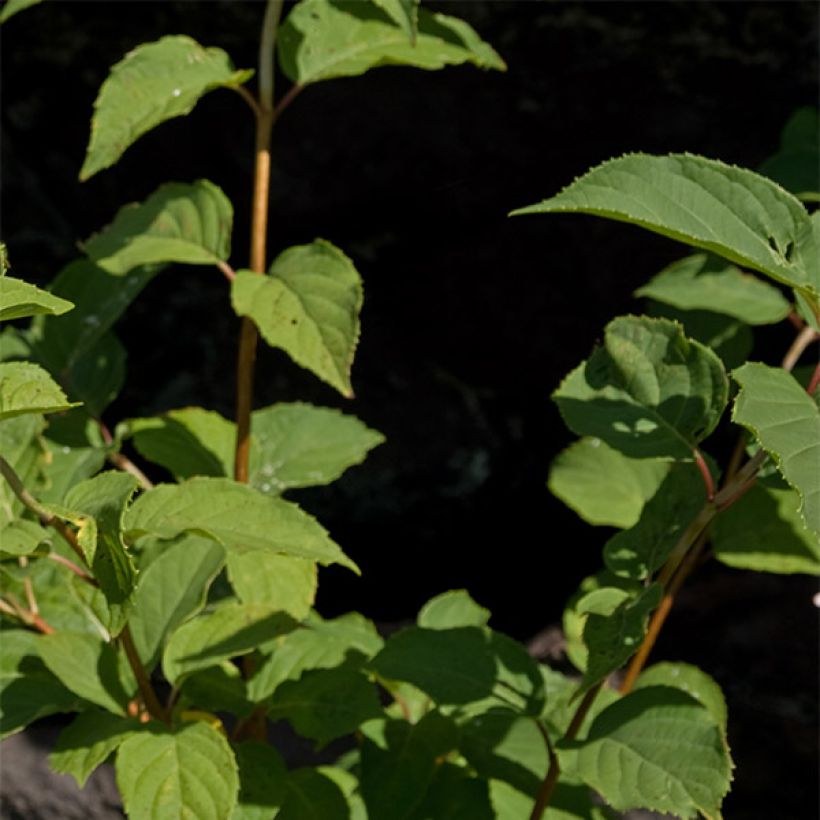

Plant habit
Flowering
Foliage
Botanical data
Hydrangea
paniculata
Burgondy Lace
Hydrangeaceae
Paniculate Hydrangea, Panicled Hydrangea, Panicle Hydrangea
Cultivar or hybrid
Other Hydrangea Paniculata
View all →Planting and care
The Hydrangea paniculata Burgundy Lace is not demanding on the nature of the soil, as long as it is not too heavy and not too chalky. It requires a sunny exposure that is not scorching, or partially shaded. When planting, place it in deeply worked soil. A good base fertiliser will promote the establishment of your plant and nourish it without the risk of burning. If your soil tends to be dry, mix our water retainer, stockosorb, with the soil when filling the planting hole and provide a surface watering basin.
At the end of summer, we advise you not to cut the dry panicles, which will protect the terminal shoots of the branches in winter. You should cut all the dry flowers at the end of February or at the first signs of good weather. Their growth in spring is quite late.
Paniculate Hydrangea: These shrubby hydrangeas with elongated flower heads are drought-resistant and easily establish themselves even in non-acidic soil. They bloom generously from June until the first frost. When planted in the sun, their flower heads change colour in autumn.
The Hydrangea paniculata Burgundy Lace should be pruned in late winter to produce more flower heads. Except when intentionally limiting the size of a bush that has become too large, care should be taken not to remove the branches older than 2 years, as this would compromise the plant's development.
Planting period
Intended location
Care
Planting & care advice
This item has not been reviewed yet - be the first to leave a review about it.
Haven't found what you were looking for?
Hardiness is the lowest winter temperature a plant can endure without suffering serious damage or even dying. However, hardiness is affected by location (a sheltered area, such as a patio), protection (winter cover) and soil type (hardiness is improved by well-drained soil).

Photo Sharing Terms & Conditions
In order to encourage gardeners to interact and share their experiences, Promesse de fleurs offers various media enabling content to be uploaded onto its Site - in particular via the ‘Photo sharing’ module.
The User agrees to refrain from:
- Posting any content that is illegal, prejudicial, insulting, racist, inciteful to hatred, revisionist, contrary to public decency, that infringes on privacy or on the privacy rights of third parties, in particular the publicity rights of persons and goods, intellectual property rights, or the right to privacy.
- Submitting content on behalf of a third party;
- Impersonate the identity of a third party and/or publish any personal information about a third party;
In general, the User undertakes to refrain from any unethical behaviour.
All Content (in particular text, comments, files, images, photos, videos, creative works, etc.), which may be subject to property or intellectual property rights, image or other private rights, shall remain the property of the User, subject to the limited rights granted by the terms of the licence granted by Promesse de fleurs as stated below. Users are at liberty to publish or not to publish such Content on the Site, notably via the ‘Photo Sharing’ facility, and accept that this Content shall be made public and freely accessible, notably on the Internet.
Users further acknowledge, undertake to have ,and guarantee that they hold all necessary rights and permissions to publish such material on the Site, in particular with regard to the legislation in force pertaining to any privacy, property, intellectual property, image, or contractual rights, or rights of any other nature. By publishing such Content on the Site, Users acknowledge accepting full liability as publishers of the Content within the meaning of the law, and grant Promesse de fleurs, free of charge, an inclusive, worldwide licence for the said Content for the entire duration of its publication, including all reproduction, representation, up/downloading, displaying, performing, transmission, and storage rights.
Users also grant permission for their name to be linked to the Content and accept that this link may not always be made available.
By engaging in posting material, Users consent to their Content becoming automatically accessible on the Internet, in particular on other sites and/or blogs and/or web pages of the Promesse de fleurs site, including in particular social pages and the Promesse de fleurs catalogue.
Users may secure the removal of entrusted content free of charge by issuing a simple request via our contact form.
The flowering period indicated on our website applies to countries and regions located in USDA zone 8 (France, the United Kingdom, Ireland, the Netherlands, etc.)
It will vary according to where you live:
- In zones 9 to 10 (Italy, Spain, Greece, etc.), flowering will occur about 2 to 4 weeks earlier.
- In zones 6 to 7 (Germany, Poland, Slovenia, and lower mountainous regions), flowering will be delayed by 2 to 3 weeks.
- In zone 5 (Central Europe, Scandinavia), blooming will be delayed by 3 to 5 weeks.
In temperate climates, pruning of spring-flowering shrubs (forsythia, spireas, etc.) should be done just after flowering.
Pruning of summer-flowering shrubs (Indian Lilac, Perovskia, etc.) can be done in winter or spring.
In cold regions as well as with frost-sensitive plants, avoid pruning too early when severe frosts may still occur.
The planting period indicated on our website applies to countries and regions located in USDA zone 8 (France, United Kingdom, Ireland, Netherlands).
It will vary according to where you live:
- In Mediterranean zones (Marseille, Madrid, Milan, etc.), autumn and winter are the best planting periods.
- In continental zones (Strasbourg, Munich, Vienna, etc.), delay planting by 2 to 3 weeks in spring and bring it forward by 2 to 4 weeks in autumn.
- In mountainous regions (the Alps, Pyrenees, Carpathians, etc.), it is best to plant in late spring (May-June) or late summer (August-September).
The harvesting period indicated on our website applies to countries and regions in USDA zone 8 (France, England, Ireland, the Netherlands).
In colder areas (Scandinavia, Poland, Austria...) fruit and vegetable harvests are likely to be delayed by 3-4 weeks.
In warmer areas (Italy, Spain, Greece, etc.), harvesting will probably take place earlier, depending on weather conditions.
The sowing periods indicated on our website apply to countries and regions within USDA Zone 8 (France, UK, Ireland, Netherlands).
In colder areas (Scandinavia, Poland, Austria...), delay any outdoor sowing by 3-4 weeks, or sow under glass.
In warmer climes (Italy, Spain, Greece, etc.), bring outdoor sowing forward by a few weeks.






























